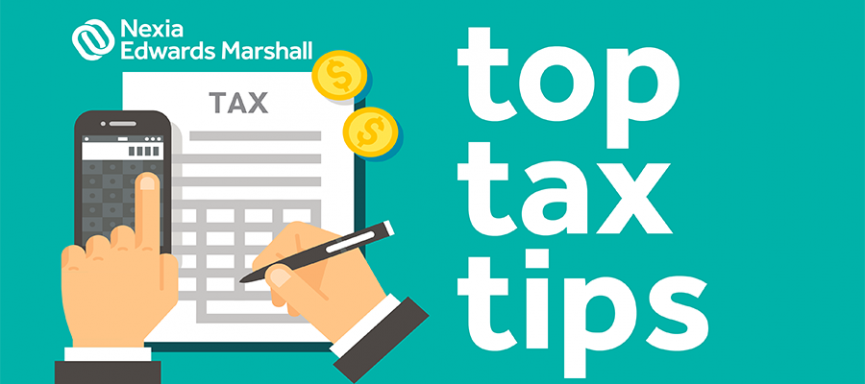We provide clients with many professional and technical services. For a detailed description, please select the relevant service.
Great
News
Sep 05, 2018 / News
Top Tax Tips - 5 Sept 2018

The importance of knowing if your worker is a contractor or an employee
Employers must know whether their workers are employees or contractors because the tax, superannuation and other government obligations are different depending on the worker’s status:
- If a worker is an employee, PAYG withholding will need to be withheld from wages. The employer must report and pay the withheld amounts to the ATO, pay superannuation at least quarterly for eligible employees, and report and pay FBT if fringe benefits are provided to employees.
- In contrast, if a worker is a contractor, usually PAYG is not withheld from payments - unless they have not quoted their Australian Business Number (ABN) in which case PAYG withholding must be deducted at the top marginal tax rate. FBT is not payable if non-cash benefits are provided to a contractor. However, depending on the labour services contract or arrangement, especially if the contract is principally for a contractor’s labour, superannuation guarantee contributions must be made to a complying superannuation fund.
Establishing whether a worker is an employee or contractor may be difficult. The whole working arrangement should be examined to determine whether the worker merely works in the business (i.e. an employee) or whether the worker operates their business and performs work for the business (i.e. a contractor).
Incorrectly treating employees as contractors can subject businesses to PAYG withholding penalties and superannuation guarantee charges.
Please contact us if you are unsure of the correct status of your workers.
SMSF actuarial certificates
Before the new super rules commenced from 1 July 2017, more Self-Managed Superannuation Funds (SMSFs) were either entirely in retirement or accumulation phase. However, with the introduction of the $1.6 million Transfer Balance Cap (i.e. pension limit) and the Disregarded Small Fund Asset Measures (i.e. the ability for an SMSF to segregate) this meant some members may not be entirely in retirement phase.
From 1 July 2017 onwards, an SMSF will be required to obtain an actuarial certificate where:
- The SMSF is paying a pension that is not an account based pension or retirement phase transition to retirement pension (e.g. a lifetime pension);
- The SMSF is ineligible to use the segregated method as the SMSF has Disregarded Small Fund Assets; or
- This is where a member within an SMSF is:
- receiving a retirement phase income stream (which includes income streams from inside the SMSF and also external sources such as defined benefit income streams); and
- has a Total Super Balance of more than $1.6 million the preceding 30 June of the applicable financial year.
- This means even where the SMSF is in 100% pension phase, an actuarial certificate will be required to state the SMSF is 100% exempt.
- The SMSF has accumulation and retirement phase interests and chooses not to use the segregated method (i.e. segregates specific assets to support pension and accumulation accounts).
Please contact your Alanah Boylon or your Nexia Edwards Marshall Adviser if you have questions about your SMSF.
How can Nexia Edwards Marshall help you?
For any questions or to discuss any of the above in relation to your personal situation, please contact Grantley Stevens or your Nexia Edwards Marshall Adviser.
The material contained in this publication is for general information purposes only and does not constitute professional advice or recommendation from Nexia Edwards Marshall. Regarding any situation or circumstance, specific professional advice should be sought on any particular matter by contacting your Nexia Edwards Marshall Adviser.

